Diamond Supporter
Gold Supporter
Silver Supporter
- Messages
- 3,565
- Reactions
- 6,638
My father in law moved into a retirement community and decided that we was not going to bring is toolbox and tools with him, so he gave them to me.
I am going through everything to see what there is. I am absolutely stumped when it comes to his socket set. Below are pictures of the sockets he had, taken with Craftsmen sockets that I have.
His sockets are marked with sizes, but the sizes are no where near what "common" sockets are. His sockets are marked with the size and "WHIT" next to it. He also has a few other socket that are marked "GORDON" that do not match "common" Craftsman sizes, but they do match the "WHIT" marked sockets.
Any help in identifying these, and help in explaining the sizes, would be greatly appreciated.









I am going through everything to see what there is. I am absolutely stumped when it comes to his socket set. Below are pictures of the sockets he had, taken with Craftsmen sockets that I have.
His sockets are marked with sizes, but the sizes are no where near what "common" sockets are. His sockets are marked with the size and "WHIT" next to it. He also has a few other socket that are marked "GORDON" that do not match "common" Craftsman sizes, but they do match the "WHIT" marked sockets.
Any help in identifying these, and help in explaining the sizes, would be greatly appreciated.
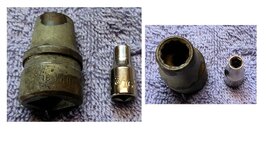

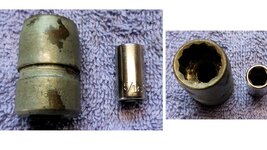


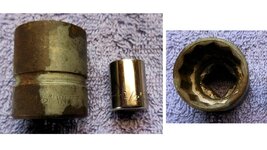
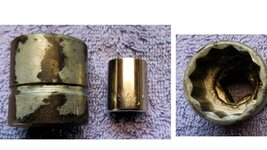

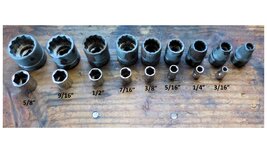






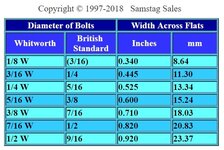

 )
)




